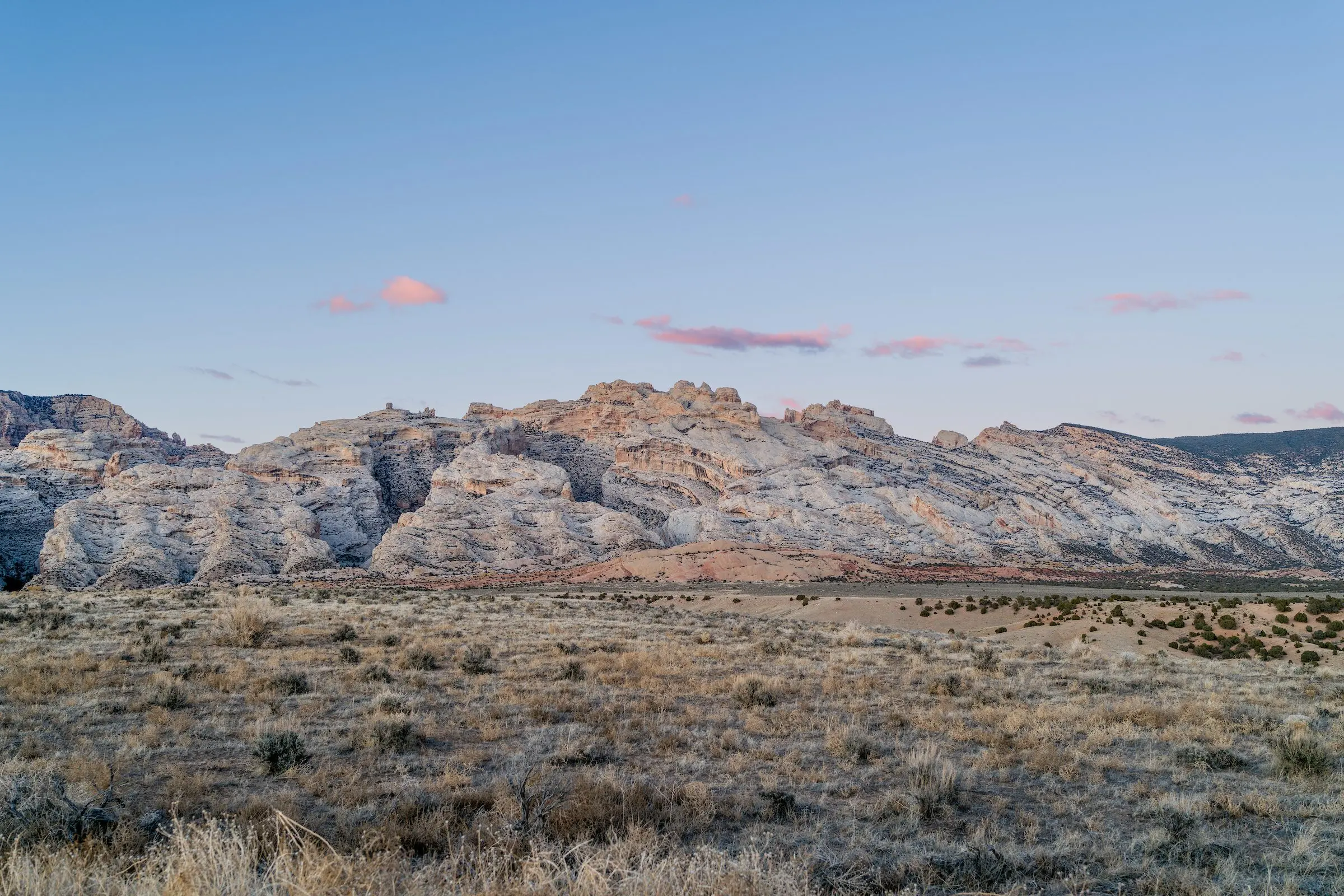
By Thys Reynolds | Utah Public Radio | Photo courtesy of Utah State University
Oil and gas production in the Uinta Basin has led to increasing concerns about air quality in the region. In fact, the Environmental Protection Agency in 2024 ruled Utah failed to meet the requirements to clean up the air in the Basin.
Just off Highway 191 in Indian Canyon between Price and Duchesne, massive pump jacks swing slowly back and forth, sucking crude oil and natural gas from mineral deposits deep in the earth.
Oil and gas are the economic lifeblood of the communities out here. But oil and gas production release pollution into the atmosphere, and recent changes to national air quality standards are the source of major uncertainty for the industry going forward.
The Uinta Basin is a major oil and gas producer, and it has a unique air pollution problem. KarLee Zager is an undergraduate student at Utah State University’s Vernal campus, where she is studying air pollution and atmospheric chemistry.
“The Uinta Basin has a really unique topography, and we’re essentially in a little bowl, and in the winter, we are prone to inversions, because we get cold air that gets almost trapped under a layer of warm air, and what happens is any pollutants that we release in that cold air layer hangs out around with us,” said Zager.
The inversion Zager is talking about is a fixture in the region during the winter. As Seth Lyman, climate scientist and director of the USU Bingham Research Center in Vernal said, the inversion can trap many chemicals produced by the oil and gas industry, which leads to unhealthy air quality.
Read more at UPR.org.
This article is published through the Utah News Collaborative, a partnership of news organizations in Utah that aims to inform readers across the state.
